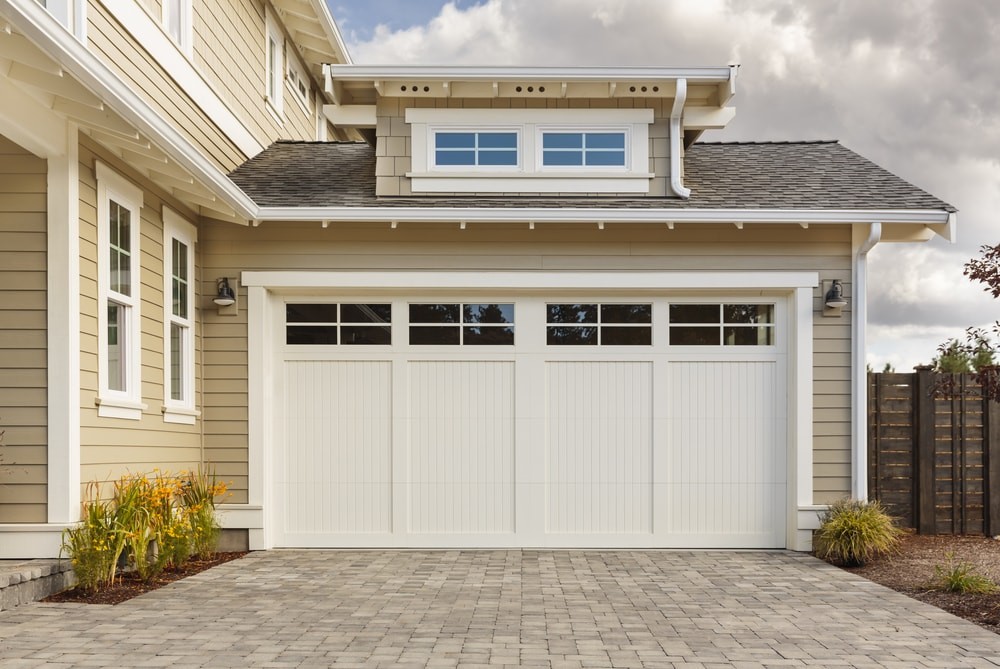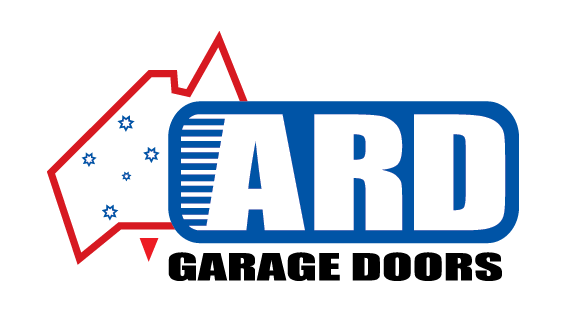Latest Posts
Choosing The Right Garage For Weather Environment

A garage might not have the same stringent temperature requirements as your general living space, but depending on what you use it for it’ll still need a few temperature controls. Nobody wants a swelteringly hot garage in summer, or to walk in and find their car ice cold in winter. So being able to make an informed decision about how you’re going to maintain a steady temperature in your garage while it’s being built is extremely important.
There are a few major things you’ll need to take into consideration about your garage, including the composition material, the climate you’re building in (including seasonal variance), energy efficiency, and even if you live in an area prone to cyclones as these all influence your choices and decisions. By reading up on a few points you’ll be able to make an informed decision on the best garage for you.
Your climate
Australia has a reputation for sweltering heat, but we’re a large enough country that there are plenty of variances. A house in Hobart sits 3,000kmaway from a house in Perth, and so they’re obviously going to have different approaches to building a garage in terms of weather.
Fortunately, you can easily prepare for any condition in your garage.
Thermal mass
Thermal Mass refers to the amount by which different materials store and repel energy. It can be complicated, and we recommend the Australian Government’s guide if you do want to sink your teeth into it. Here’s a simple breakdown:
- Different materials store energy differently, and higher mass means more storing ability.
- The ability to store energy is great in places where it’s warm during the day and cold at night, as the heat stored during the day helps keep inside warm at night.
- If you’re in a very cold place, you’ll want to keep as much warmth as possible.
- If you’re in a warm area, you want cool breezes to pass through, shade, and cooling materials.
Thermal mass in cold areas
If you live in a cold area, you’re going to want to rug up. But you can avoid excessive jumpers and blankets by using certain elements in your garage in order to keep the warmth in. You should double glaze any garage windows, insulate the walls (more on that later), and install good curtains and pelmets on the windows.
You’ll want to make use of brick or slab flooring to catch the most heat underfoot as well, as they maintain warmth without the input of additional heat.
Thermal mass in warm areas
Sheds and garages are often made out of metal, which can be a problem when the sun is strong. In order to counterbalance this, start by creating as much shade as possible, and allowing as much breeze to pass through as possible too.
Slabs also work here by maintaining cooler temperatures, and also don’t allow massive heat loads to penetrate the surface and rise through the house. They also wick away heat loads, which makes them pleasantly cool to walk on.
How to prepare for the seasons
Preparing for a new season is an important part of home maintenance; just like you’d get out the winter doona, you might also want to consider a few of these options.
During the cold months
Make sure your windows are sealed correctly, as they’re one of the main points of entry for drafts and cold seepage. Double glazing is a good idea if you’re really going to hit the cold snaps, as well as good blinds.
While you’re at it, invest in a door jam or reseal your door frame edges for the same reason. Garages tend to be a little cooler than the rest of the house, so this is even more important for doors leading from your garage to a living space that you want to keep warm. ARD Garage Doors are designed to minimise seepage, but any doors with pedestrian access may still be susceptible.
For the items in your garage, you can also take some preventative steps. Clean and store all of your yard stuff, as cold weather tends to lower powered tool shelf life.
As a final note – and don’t take this to heart before you read our next section on energy efficiency and follow the guidelines – you can try a portable radiant electrical heater for when you’re actively using the space. It’s expensive to keep it running full time, but for brief spells it can take the edge off.
During the warm months
Firstly, as counterintuitive as it might seem, open those blinds in the morning. Sunlight isn’t just linked to good moods and plant growth, it’s also a strong antiseptic which will keep your things cleaner for longer, a luxury you might not be able to afford in the winter months due to cold or sun scarcity. It can be very tempting to keep the blinds shut all summer due to the heat, but remember that you’ll also be tempted to keep them closed all winter to keep in heat.
Shade is also important, so when midday comes around and the harshest sun ray are beaming down, close them again to get the best of both worlds.
Keep any metallic objects or other heat conductors out of the path of the sun; putting a lawnmower in direct sunlight and not only will you end up lowering the life expectancy of it over time, but you’ll also create a functional space heater by warming and trapping heat within the metal body.
Energy efficiency
If you’re living with high seasonal variance of any kind, or even if the temperature stays relatively consistent all year around, there are a few extra tasks that you can do to ensure efficiency. Keeping your space efficient will decrease the amount of energy – and therefore also money – that you use heating, cooling, or regulating it.
The first step is to consider is installing insulation in the walls of your garage or shed. During cold months, it can be expensive for anybody who wants to spend any significant time in these places to keep them warm. Heating is expensive, especially if it’s being siphoned out through the windows and doors. Insulation alleviates this. On top of this, it can insulate noise and vibration from your car or tools, and keeps your house cooler in summer.
Secondly, you can also improve cooling in summer by allowing your garage to be built in such a way to accommodate flowthrough. Simply opening the garage door and letting a breeze flow in can simultaneously cool down the garage itself, and with a little planning on the location of the interior door, provide some cooling for the rest of the house.
Don’t think for a second that the benefits aren’t tangible. A well made example of what’s referred to as ‘passive design’ (that is, housing that takes advantage of its own composition to regulate temperature) can save up to 40% on energy bills throughout the year.
Are you at risk of cyclones?
Finally, there are four wind regions in Australia. If your house falls under category A or B, you can skip this section entirely, but if you’re under C or D your garage must be protected against potentially devastating wind conditions.
If you’re in these areas (most commonly North Queensland), you’ll have to have a few extra checks and balances put in. Give us a call on 132169 to see what kind of solutions we can offer you. Our garage doors are constructed from hi-tensile steel and neoprene, and can stand up to the toughest levels of punishment.
No matter the weather, we’re here for you
ARD Garage Doors provide high-quality, durable, and efficient products for any climate, range, and specification. If you’d like to know more about your options with us, or to get a free quote, you can either call us on 132169 or use our online form.
